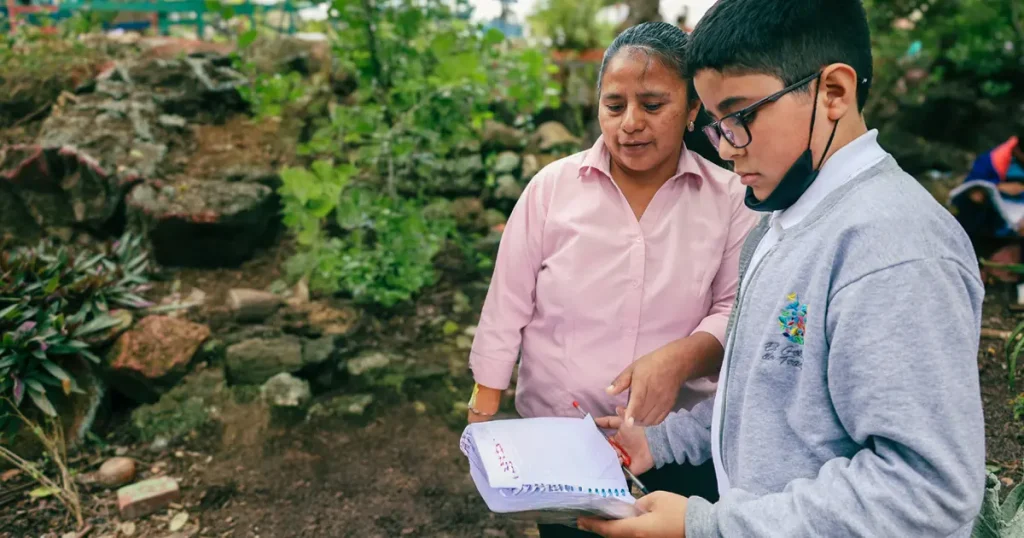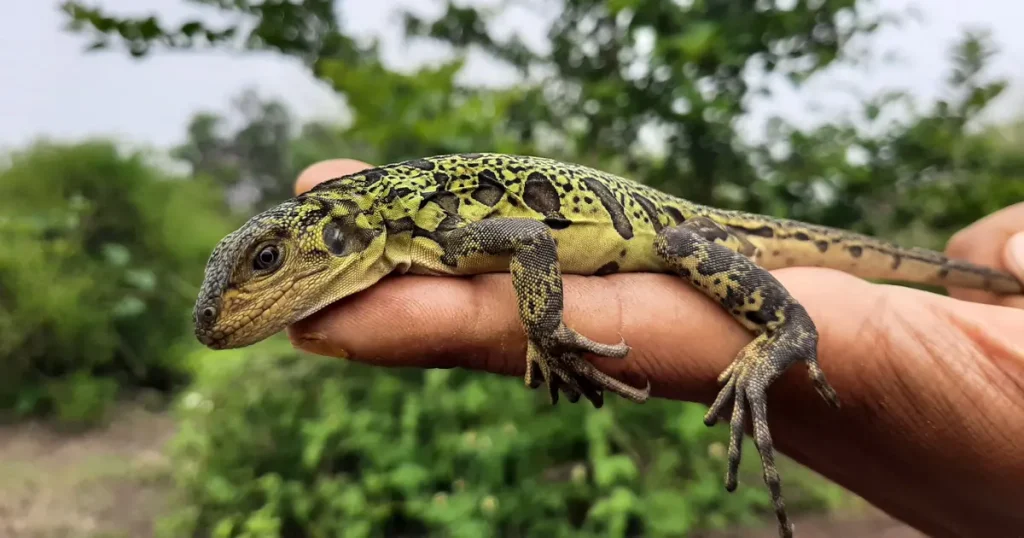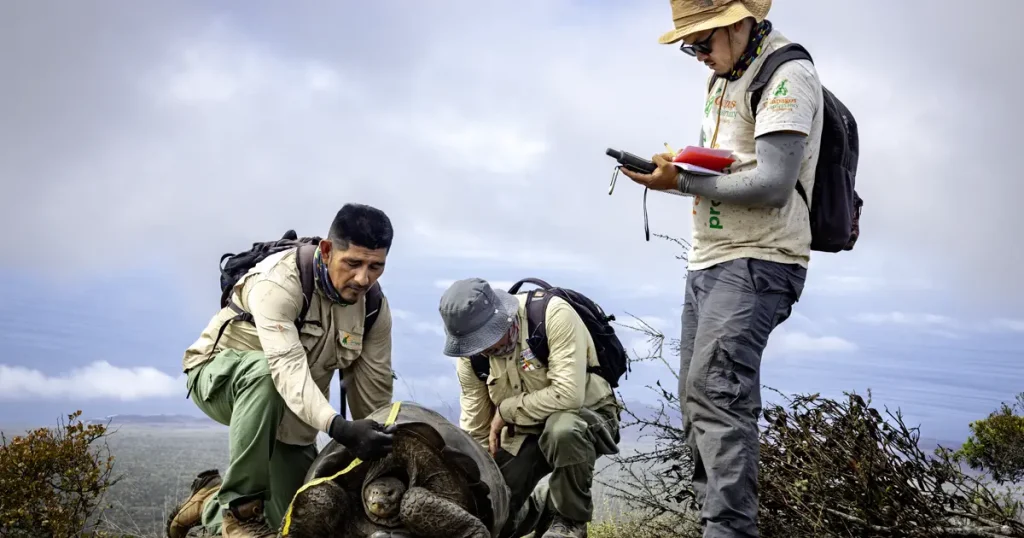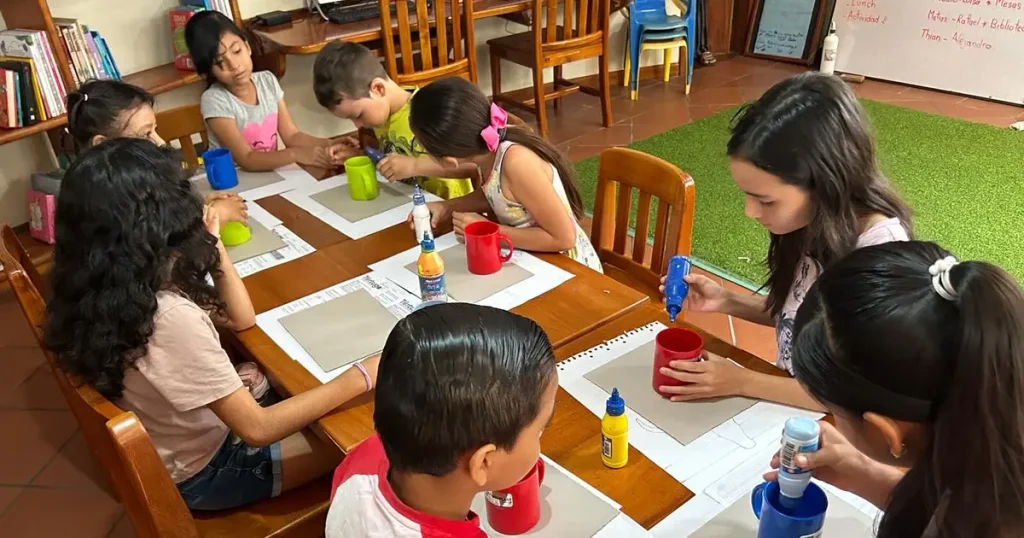Discovery of Galápagos Petrel Nests on Isabela Island Renews Conservation Hopes
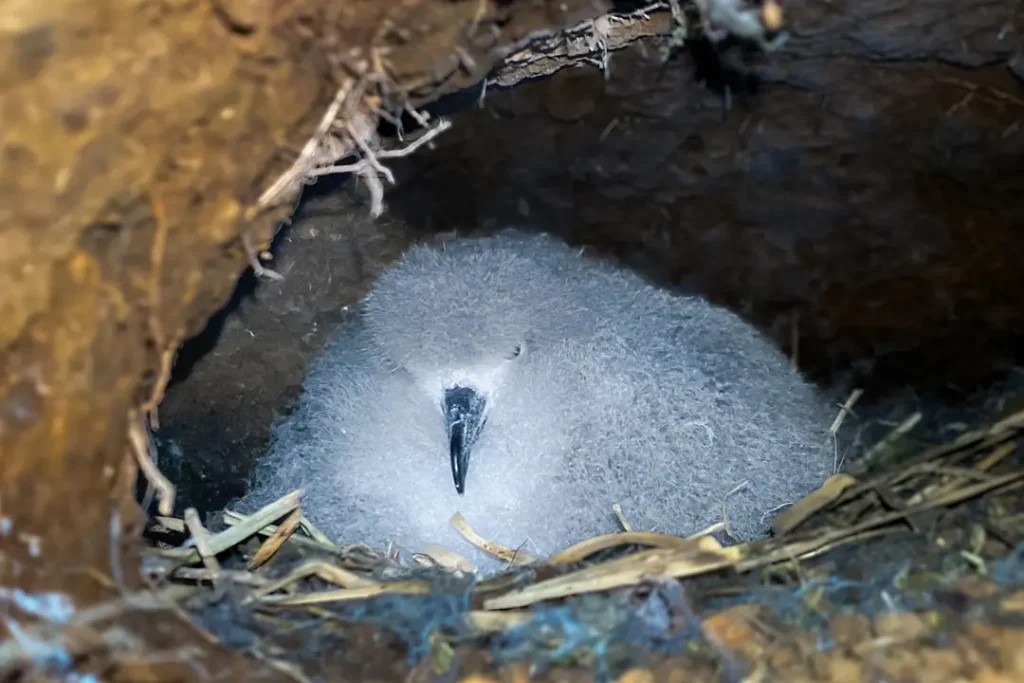
A recent discovery of active nests of Galápagos petrels (Pterodroma phaeopygia) on Isabela Island has sparked renewed optimism for the conservation of this endemic and critically endangered species. This breakthrough represents significant progress in protecting one of the archipelago’s most iconic seabirds, whose breeding habitat has faced numerous ongoing threats for years.
During three expeditions conducted in June and September, (2024), led by experts from Galápagos Conservancy and rangers from Galápagos National Park, the team explored potential petrel nesting sites on the flanks of Sierra Negra volcano, encompassing both protected areas and agricultural lands.
Throughout the expedition, part of a larger project funded by the National Fish and Wildlife Foundation (NFWF) to improve nesting habitats for Galápagos petrels, team members thoroughly searched new nesting sites and also explored areas where nests had been previously recorded. The team further assessed the threats facing the petrel population on the island. Petrels dig large, deep burrows into the dense volcanic soils in the upper reaches of the islands where they construct simple nests in which they lay their eggs and rear their young. They are generally well-protected in their burrows but face threats from rats that eat, chicks and sometimes adults themselves, dogs that dig out the nests, and exotic plants that can smother the petrel’s nesting burrows.
Active Nests and Encouraging Signs of Recovery
During the expedition, the team discovered 11 nests within the National Park, three of which showed recent signs of activity, including feathers and droppings. Additionally, several burrows discovered on local farms that previously had shown signs of activity were confirmed to hold petrel chicks, marking a significant advancement for the species’ recovery in this area. Until now no photographs have previously documented petrel chicks on Isabela Island, which represent a population genetically distinct from the other four nesting populations that occur in Galápagos.
New nests were also found on other farms in the agricultural zone, with clear indications of their recent occupation. These discoveries are crucial for expanding our understanding of the distribution and status of petrels on Isabela Island, where knowledge about these birds remains limited.
Doménica Pineda, a researcher from Galápagos Conservancy and leader of this expedition, expressed her excitement, noting that the discovery of chicks in the nests brings hope for the species’ recovery. “While there is still much work to be done, these results confirm that we are on the right path to securing the future of petrels on Isabela Island,” she emphasized.
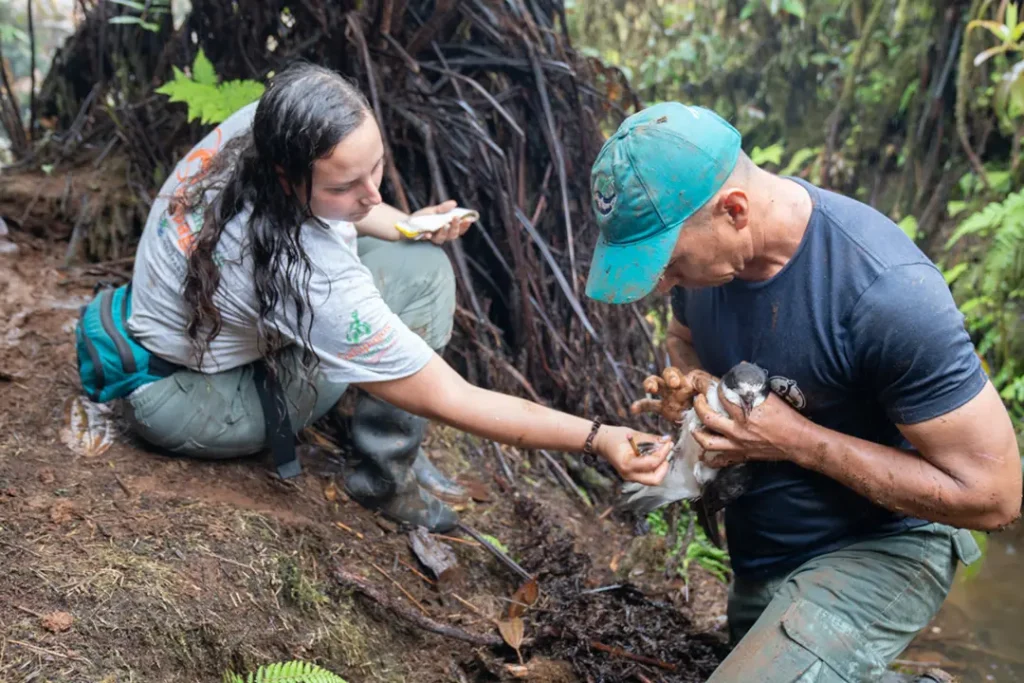
Ongoing Threats
One of the primary challenges identified during the expedition was the presence of invasive species, both plant and animal. In most nesting areas, the team detected a high density of invasive plants, mainly guava and blackberry, as well as signs of rats and ants. The nests in these areas, mostly inactive, were located in dense vegetation that was extremely difficult to access. In contrast, active nests found on local farms were situated in more open areas, typically in pastures, where grazing by cattle and horses tend to keep the guava and blackberry plants from invading, creating a situation where private lands may play an important role in conserving the Galápagos petrel on Isabela Island.
Looking Ahead
At Galápagos Conservancy, we will continue our rigorous monitoring of active petrel nests, working closely with the Galápagos National Park Directorate to implement strategies to control invasive species. Additionally, we will soon conduct new expeditions to explore other potential nesting areas on Isabela Island, thereby expanding our understanding of this seabird’s behavior and needs.
Through these initiatives, we reaffirm our unwavering commitment to the conservation of Galápagos petrels and the protection of the ecosystems essential for their survival.

